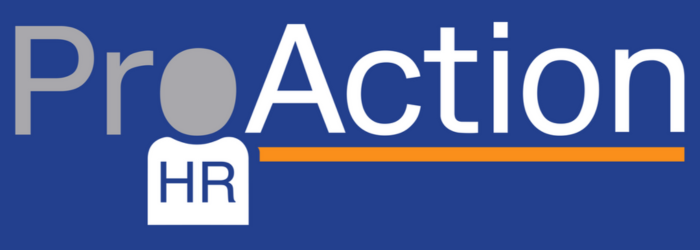What Does Employee Wellbeing Look Like Two Years On?
Wellbeing at work was the buzz word when we came out of the first lockdown and was at the forefront of the minds of business leaders over the following months as they implemented new ways of working for their people.
We are all too aware of the impact of the pandemic has had on mental health since then, and the change in working environments, for many now permanent fixtures, has been a huge contribution to that impact.
So where are we now two years on?
The wellbeing at work initiative was pushed by the Government in the 10 years before the pandemic started, encouraging companies to sign up, and shift the health and safety initiatives at work to encompass the psychosocial aspects of working life. What was once a ‘nice to have’ Covid made sure, for a while at least, that wellbeing at work became more of a corporate social responsibility ‘should have’.
Some organisations have fully embraced this concept, while some have provided token gestures. At ProAction we embrace wholeheartedly, the change in emphasis, how the mental health of all staff (and we say ALL, as even the toughest CEO will have had some anxieties) is acknowledged to apply 24 hours a day and is simply not paused during working hours. And how, the mental health of employees may be a direct result of what occurs during the working hours.
If you own or run a business, your people are your company’s greatest asset and what life as we learn to live alongside Covid has shown us all is that their wellness is paramount, always. Wellness is not just about ticking a box; it is about doing what is right and demonstrating the importance and value of that asset within your business through a change in culture.
For some considerable time now, forward thinking businesses with plenty of capital have been signing up to discount gym membership deals and third-party employee assistance programmes. They know the true cost of not supporting their people isn’t just about the impact on their employee satisfaction and engagement survey scores. You don’t have to go as far as companies like Asana offering nap rooms or Google offering free massage therapy to their staff, but you really can’t ignore the facts and if you don’t think hard about what you can afford to put into your budget for the long term for employee wellness, there will be a cost to your business in other ways.
The cold, hard financial statistics we usually see when reviewing the cost of poor employee wellness are based on the impact of Absence, Presenteeism and Attrition to a business.
Absence
The Chartered Institute of Personnel and Development (CIPD) estimates that absence costs an organisation about £600 for each employee each year, however this is based on only the direct cost of covering the absence itself. The indirect costs of absence are far more difficult to put a price on – things like additional management time required to resolve issues caused by the absence, delays in projects where it’s not possible to cover the specific skills or knowledge missing, or, potentially lost business or upset customers not getting as good a service from the temporary cover arranged.
Presenteeism
More difficult to prove on a business score card, but if your staff are attending work when they don’t feel well or have distractions caused by their personal lives, they won’t be productive and therefore are as good as absent. Long gone is the thinking that the business workday starts at 9am, ends at 5pm, and you leave your problems at the door before you turn your computer on. Every one of us knows how difficult it is to concentrate or “be our best” when we are just putting on a brave face and battling through.
Research by the CIPD confirms this trend; for example, its Good Work Index shows 43% of employees say their general mental health has worsened since the pandemic, rising to 52% for those with an existing mental health issue. Moreover, 39% said their financial security has decreased since the start of the crisis. Around 30% say that their ability to work has been impacted by caring responsibilities.
Another survey of 2,700 adults by the Sleep Council and partners found that over 40% of the respondents perceive it harder to fall asleep.
In a CIPD article they succinctly summarise their own and many other findings: ‘Key underlying causes of presenteeism such as worsening mental health, financial wellbeing and sleep are likely to be even bigger drivers for this unhealthy trend since COVID-19.
They are accompanied by other multiple factors that could encourage people to feel the need to be present for work when ill. These include fears over job security, social isolation, and ‘digital presenteeism’, with more people now working from home and many finding it even harder to switch off and define clear boundaries between work and home lives.’
Attrition (Staff Turnover)
How many employees have left your organisation because of underlying health and wellbeing issues? Most academic researchers estimate around 50% of annual recruitment costs can be attributed to replacing leavers who left or were exited because of known or unknown illness or mental health concerns.
The Mental Health Charity, Mind.org, found in a national survey that 14% of employees said they had resigned and 42% had considered resigning due to workplace stress. The same study also found that one in three people found their work life affected their mental health more than their financial problems or worries about their physical health. Poor mental health leads to poor performance.
But, perhaps even more importantly, what of the non-tangible costs to your organisation?
Supporting Employee Wellness leads to an engaged and happy workforce which, in turn, creates a great working atmosphere where everyone can be who they are, have fun, and do their best work. Workplaces with high employee engagement seriously outperform those with lower scores.
Engaging workplaces see higher profitability, productivity, and customer ratings, not to mention lower staff turnover and absence figures. There are many statistics, academic and real world case studies which prove this, but instinctively, deep down, you know this already, don’t you?
Really, it’s a no brainer and, much in the same way you’ve put money aside, to pay for IT security or business premises insurance, both seen as essential costs, shouldn’t you think about protecting the health and wellbeing of your company’s greatest assets in the same way?
To find out how ProAction HR can help you address wellbeing meaningfully for your employees, please get in touch.


